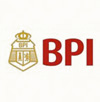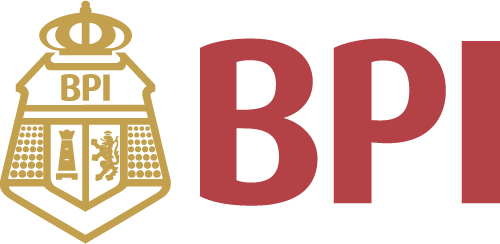All Categories
Paganism: An Introduction to Earth- Centered Religions
Share Tweet
*Price and Stocks may change without prior notice
*Packaging of actual item may differ from photo shown
- Electrical items MAY be 110 volts.
- 7 Day Return Policy
- All products are genuine and original








About Paganism: An Introduction To Earth- Centered
Product Description A comprehensive guide to a growing religious movement If you want to study Paganism in more detail, this book is the place to start. Based on a course in Paganism that the authors have taught for more than a decade, it is full of exercises, meditations, and discussion questions for group or individual study. This book presents the basic fundamentals of Paganism. It explores what Pagans are like; how the Pagan sacred year is arranged; what Pagans do in ritual; what magick is; and what Pagans believe about God, worship, human nature, and ethics. For those who are exploring their own spirituality, or who want a good book to give to non-Pagan family and friends A hands-on learning tool with magickal workings, meditations, discussion questions, and journal exercises Offers in-depth discussion of ethics and magick From Publishers Weekly Most pagan primers jump right into the seasonal calendar, Celtic strands, pentagrams, spell casting and the like. True to form, this offers a judicious overview of the calendar and the general characteristics and essentials of Paganism as the Higginbothams see it interconnectedness and blessedness. To their credit, though, the authors have crafted a very different kind of book, one of great spiritual depth that could be of genuine and lasting service to anyone who is interested in sorting out the whats and whys of belief. Early on, they outline the "big tent" of Paganism that shelters a dozen or more passageways (Wicca, Druidism, Shamanism, Santer¡a, etc.), comparing it to Christianity and its popular denominations (Methodist, Roman Catholic, etc.). Throughout, they employ calm and rational prose that seeks not to proselytize as much as to aid discernment, making good on the authors' claim that, "Whether or not you decide to be a Pagan once you finish [the book] is not as important as providing you with tools to help you identify your values and goals." The seven chapters are nicely paced with illustrations, diagrams, visualization exercises, discussion points and journal prompts, all of which can be used by individuals or groups. The authors tackle the charge of Satanism head-on with success, but even more progressively (and clearly) they weave new discoveries in physics into the life fabric of belief and action. The final chapter explores ethics, and similar to the others, serves the broadest common good. Copyright 2002 Cahners Business Information, Inc. From Library Journal The founders of both a pagan church and the Council for Alternative Spiritual Traditions, the Higginbothams here offer an overview of the belief systems comprising neopaganism. Included in the discussion are Wicca, Shamanism, Asatru, Celtic traditionalism, Druidism, Santeria, Voodoo, and other forms prevalent in paganism today. The authors proceed from central concepts of interconnectedness and blessedness, to a definition of neopaganism and a discussion of personal responsibility for one's beliefs, to concepts of Deity, Satan, the living universe, "magick," and ethics. The format is similar to that of many self-help books, with text, diagrams, discussion questions, and meditation exercises. This clear, rational, and sympathetic introduction to neopaganism for nonpagans will be helpful to all readers interested in exploring their spirituality. This first book by the Higginbothams complements existing introductions, such as Margot Adler's Drawing Down the Moon and Graham Harvey's Contemporary Paganism: Listening People, Speaking Earth, at least one of which libraries should already have. Recommended for public and undergraduate libraries and for religion collections. William P. Collins, Library of Congress Copyright 2002 Cahners Business Information, Inc. About the Author Joyce and River have taught Paganism classes throughout the past decade. They have planned and organized local and national Pagan gatherings, written articles for Pagan publications, appeared on radio and television broadcast




 (1)
(1)












